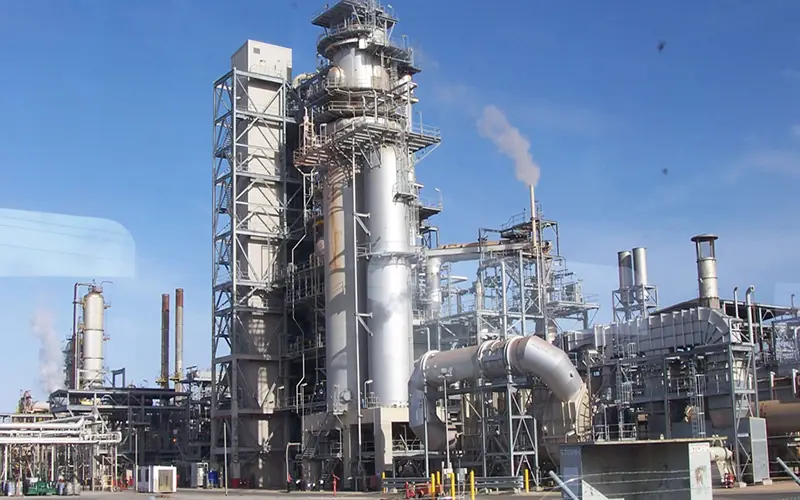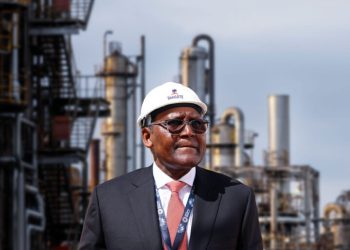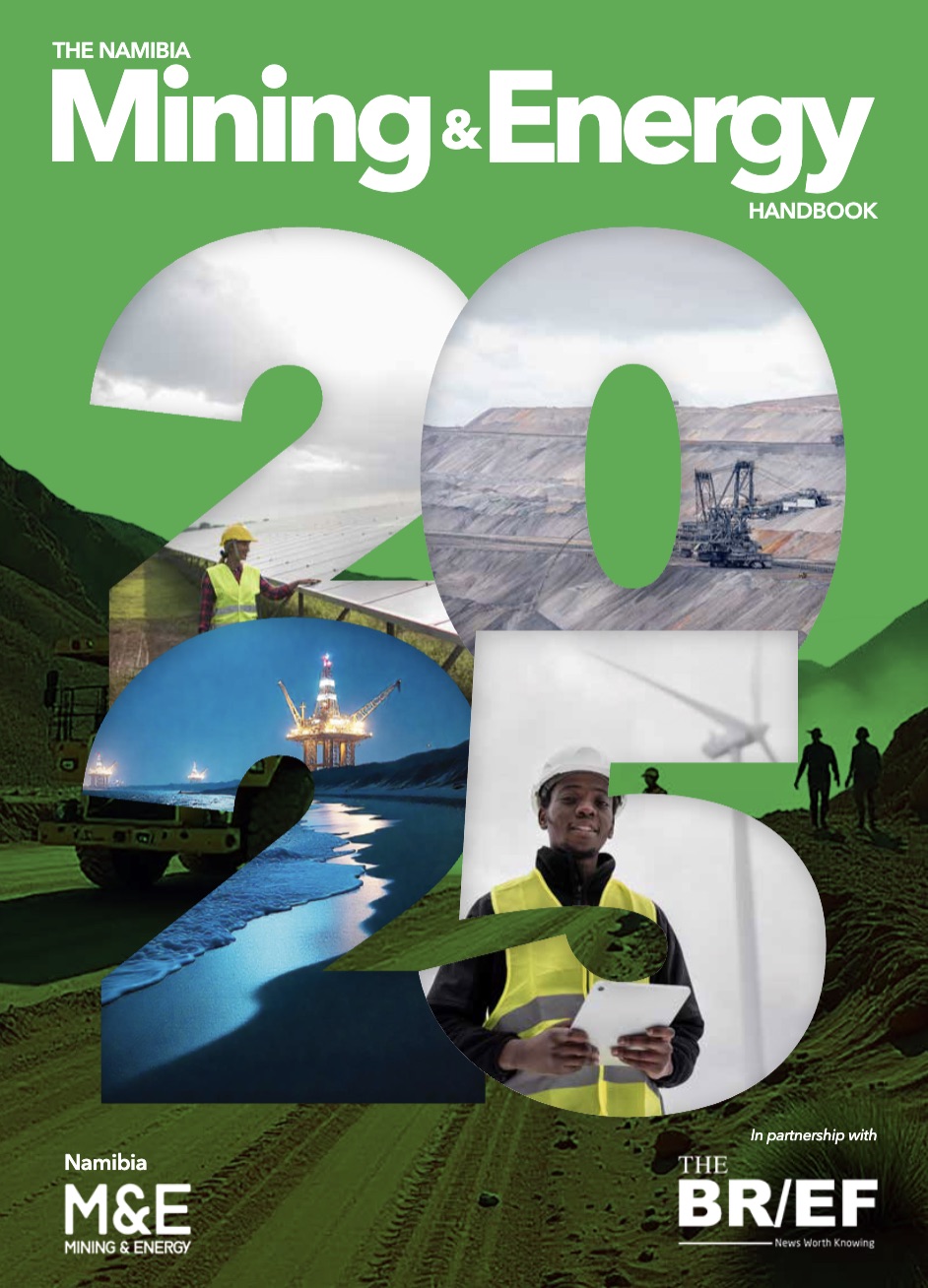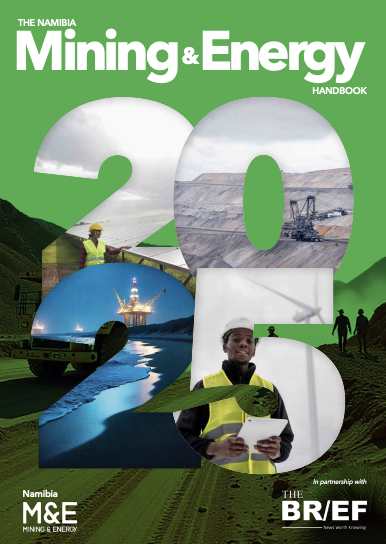
Namibia’s ambitions to develop a domestic oil refinery may face serious challenges, with low national fuel demand and high capital requirements emerging as key obstacles.
According to the National Petroleum Corporation of Namibia (NAMCOR), the country’s current fuel consumption stands at around 25,000 barrels per day,well below the level needed to justify building a refinery.
“Refineries only become technically viable with high throughput, usually in the range of 100,000 to 300,000 barrels per day.Namibia’s current domestic fuel demand is relatively low, about 25,000 barrels a day,” said Paulo Coelho, NAMCOR’s Manager for Marketing, Communication and Public Relations.
He added that at those levels, a refinery would only make financial sense if supported by long-term offtake agreements within the region.
Beyond demand, infrastructure and cost pose further barriers.
Coelho explained that constructing a refinery would require substantial investment, and Namibia still lacks several critical systems to support such a facility.
“Refineries can cost between US$3 to US$5 billion to build, and we still lack some supporting infrastructure, including pipelines and storage,” he said.
Energy lawyer Shakwa Nyambe, Managing Partner at SNC Incorporated, noted that future discoveries,particularly onshore,could alter the economic landscape.
He, however, warned that any decision to invest in refining capacity would depend heavily on both market dynamics and state planning.
“If we make a significant commercial discovery onshore, it opens up many opportunities. We could build pipelines to either export or move the product to Windhoek or Walvis Bay. So the potential isn’t just tied to offshore success. If things go well onshore, the opportunities could be massive,” said Nyambe.
He added that options such as gas-to-power projects and regional exports could also make a refinery more viable, but stressed that the decision ultimately lies with government.
“For now, as a country, we’re focused on one thing: we’ve made an oil and gas discovery—how do we move from that to development and production?” he said.
Margareth Gustavo, Executive Director of Strategy and Branding at the Namibia Investment Promotion and Development Board (NIPDB), echoed the view that a refinery remains a longer-term goal.
She said the immediate priority is progressing from exploration to production.
“It’s important for Namibia to start the conversation now.But we have to keep in mind that our immediate focus is moving from exploration to production. That’s the stage we’re at,” Gustavo said.
“We should also remember that in many African countries, it took decades to get a refinery off the ground. It’s a long-term project. The discussion should begin now, but we must view it with a long-term lens.”
Namibia is currently targeting first oil production by 2029, with peak output expected to reach 700,000 barrels per day by 2035.
The projection is based on major offshore discoveries in the Orange Basin, including TotalEnergies’ Venus field and Galp Energia’s Mopane field.
Combined, these discoveries are estimated to hold up to 15 billion barrels of oil.







